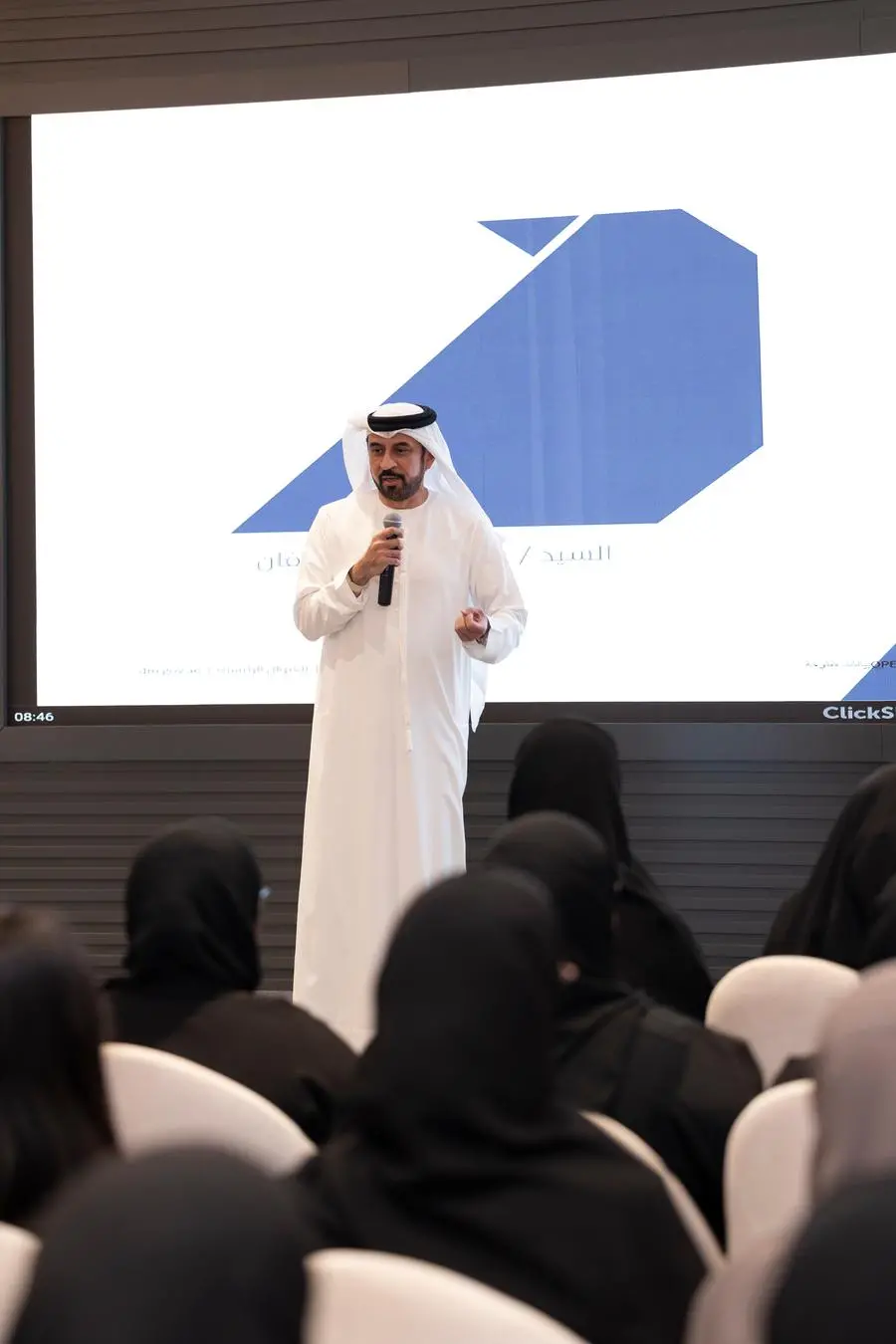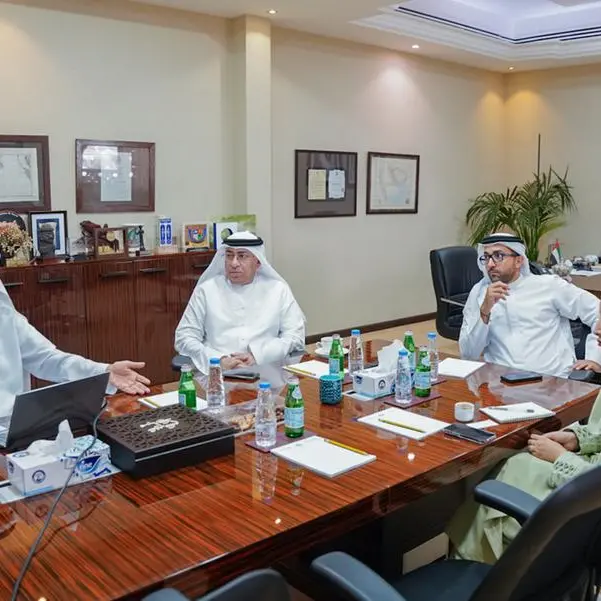Espoo, Finland – The Nokia 2021 Threat Intelligence Report announced today shows that banking malware threats are sharply increasing as cyber criminals target the rising popularity of mobile banking on smartphones, with plots aimed at stealing personal banking credentials and credit card information.
The report, based on data aggregated from network traffic monitored on more than 200 million devices globally where Nokia's NetGuard Endpoint Security product is deployed, showed an 80%, year-on-year increase in the first half of the year in the number of new banking trojans, which also try to steal SMS messages containing one-time passwords.
“A significant amount of this activity is focused in Europe and Latin America, but this activity is continuously spread to other regions of the world,” according to the report. “Banking trojans use a variety of tricks to collect the information. These include capturing keystrokes, overlaying bank login screens with their own transparent overlay relaying captured information to the intended target, taking screen snapshots, and even accessing Google Authenticator codes.”
Banking malware has been targeted mainly at Android phones, for years the most targeted mobile device type for cyber criminals due to Android’s ubiquity and developer openness, with some banking trojans among the most successful malware attacks in 2021.
The Threat Intelligence Report says that most banking applications allow users to add a multi-factor authentication feature to their accounts to make it more difficult for cybercriminals to obtain personal information. Users are strongly recommended to avoid mobile banking from easily accessible public WiFi access points; and to use both multi-factor authentication when available and strong passwords, which avoid common personal details like birthdays.
The report also found that Covid-19 related malware incidents in residential networks have leveled off at 2.5% after a peak in December 2020 of 3.2%. This demonstrates that people are more aware of the threats posed by Covid-related cyber-attacks and are taking steps to secure their home working environment.
IoT botnets, a network of devices connected with malware, continue to grow in size and sophistication, due to the rising use of IoT devices, like “smart” refrigerators and video surveillance cameras. One known as Mozi, which uses a peer-to-peer command and control protocol, has been used to create botnets consisting of around 500,000 individual devices. Mozi actively scans the network and uses a suite of known vulnerabilities to exploit additional IoT devices. IoT botnets are responsible for 32% of the malware incidents detected by Nokia's NetGuard Endpoint Security.
Nokia is scheduled to hold a webinar on its latest Threat Intelligence Report on November 11. More details on the event can be found here.
Kevin McNamee, Director of Nokia's Threat Intelligence Center, said: “Cybersecurity threats only evolve and look for new opportunities, as shown by this year’s report. Banking trojans have dramatically increased over the last year as digital banking becomes more prevalent – and this is a trend we see continuing into the future which reinforces the need for better online practices and having robust endpoint security in place.”
Resources
- Webpage: Nokia 2021 Threat Intelligence Report
-Ends-
About Nokia
At Nokia, we create technology that helps the world act together.
As a trusted partner for critical networks, we are committed to innovation and technology leadership across mobile, fixed and cloud networks. We create value with intellectual property and long-term research, led by the award-winning Nokia Bell Labs.
Adhering to the highest standards of integrity and security, we help build the capabilities needed for a more productive, sustainable and inclusive world.
Media Inquiries
Nokia
Communications
Email: press.services@nokia.com
© Press Release 2021
Disclaimer: The contents of this press release was provided from an external third party provider. This website is not responsible for, and does not control, such external content. This content is provided on an “as is” and “as available” basis and has not been edited in any way. Neither this website nor our affiliates guarantee the accuracy of or endorse the views or opinions expressed in this press release.
The press release is provided for informational purposes only. The content does not provide tax, legal or investment advice or opinion regarding the suitability, value or profitability of any particular security, portfolio or investment strategy. Neither this website nor our affiliates shall be liable for any errors or inaccuracies in the content, or for any actions taken by you in reliance thereon. You expressly agree that your use of the information within this article is at your sole risk.
To the fullest extent permitted by applicable law, this website, its parent company, its subsidiaries, its affiliates and the respective shareholders, directors, officers, employees, agents, advertisers, content providers and licensors will not be liable (jointly or severally) to you for any direct, indirect, consequential, special, incidental, punitive or exemplary damages, including without limitation, lost profits, lost savings and lost revenues, whether in negligence, tort, contract or any other theory of liability, even if the parties have been advised of the possibility or could have foreseen any such damages.



















